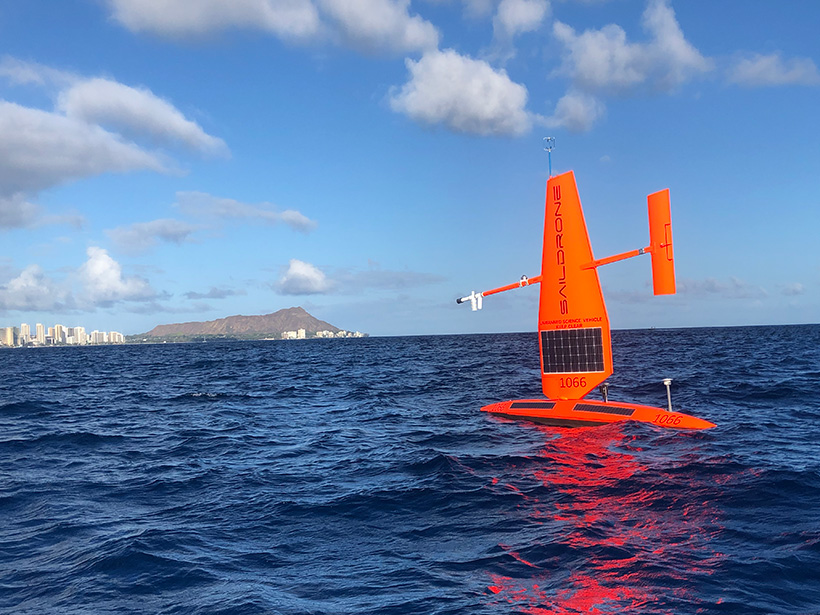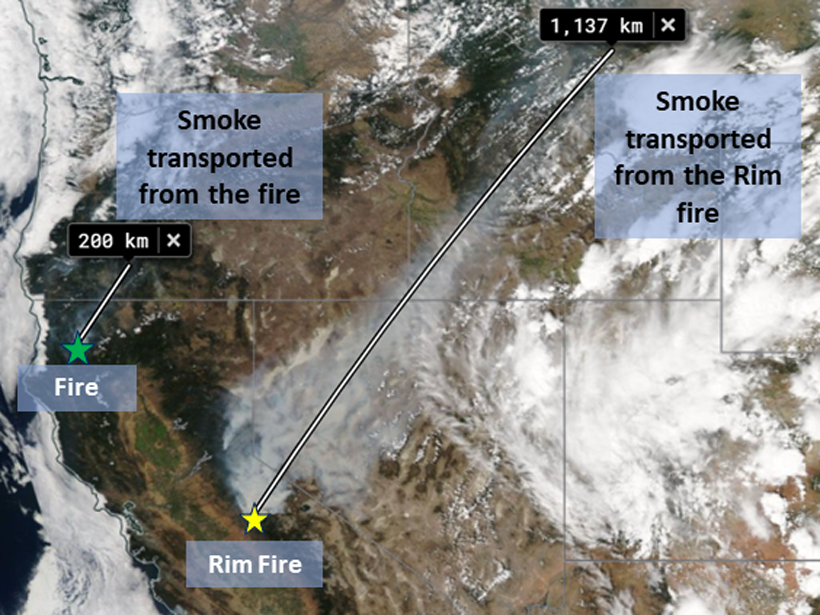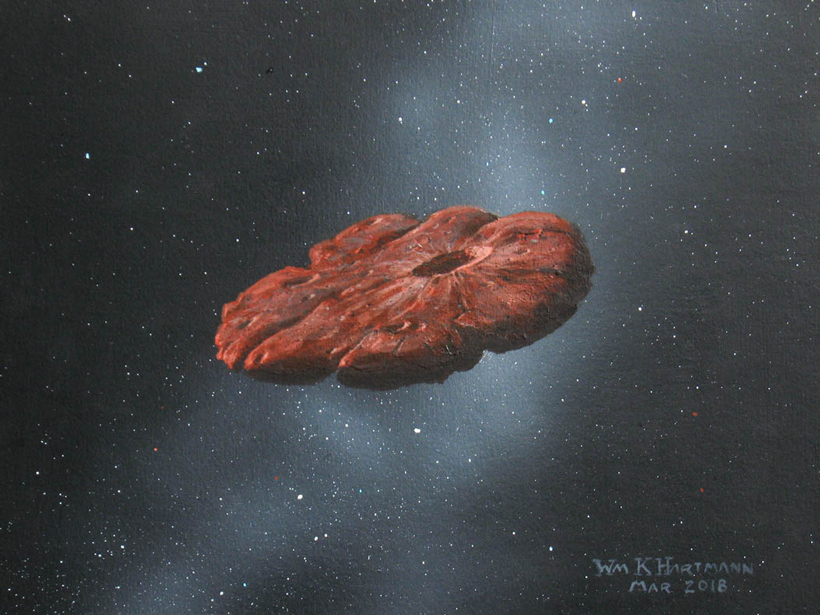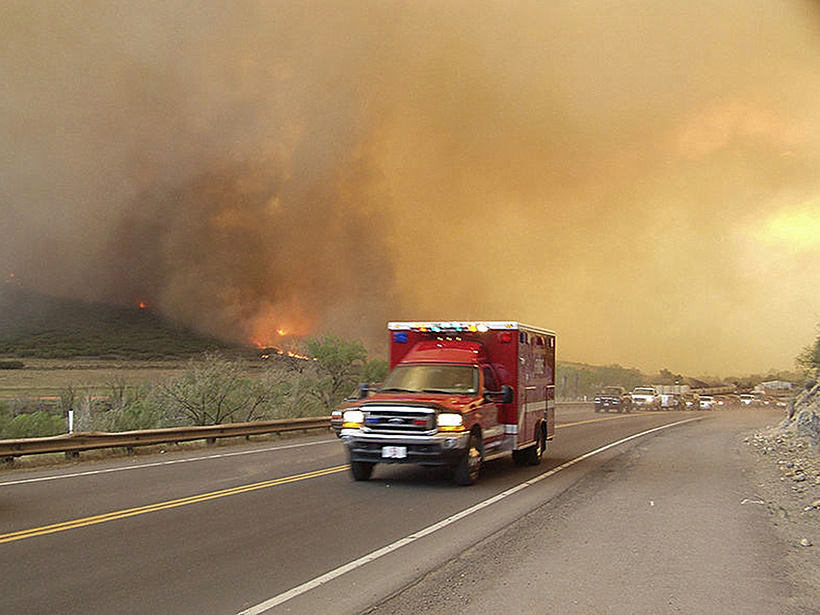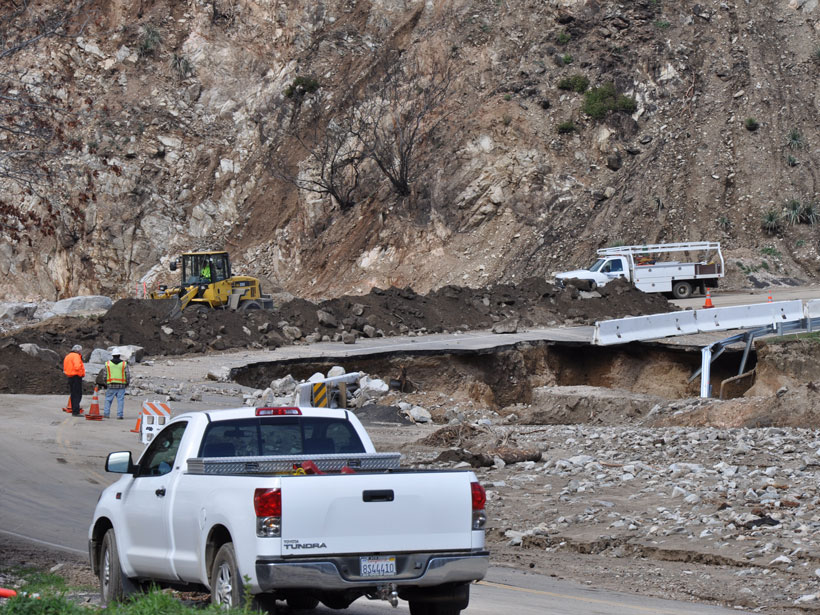Data from a long-distance research cruise provide new insights into carbon cycling in the eastern Pacific and Southern Oceans.
Research Spotlights
Research spotlights are plain-language summaries of recent articles published in AGU’s suite of 24 journals.
Remote-Controlled Ocean Drones Observe Atmospheric Cold Pools
Novel uncrewed sailing vehicles measured properties of atmospheric cold pools in hard-to-reach regions of the central and eastern tropical Pacific Ocean.
Modeling Volcanic Debris Clouds
How does a large volcanic cloud get into the stratosphere? Scientists model how volcanic debris injected into the lower stratosphere can be lofted high into the middle stratosphere.
Improved Algorithms Help Scientists Monitor Wildfires from Space
Wildfires release pollutants that harm human health. Quality satellite monitoring can help track these pollutants and predict where they may become health hazards.
Monitoring the Agulhas Current Through Maritime Traffic
Researchers turn to the shipping industry for data on ocean surface currents.
Las brechas en las redes ambientales en América Latina
A pesar de su notable influencia en los ciclos globales del carbono y el agua, América Latina representa una proporción relativamente pequeña de sitios FLUXNET, lo que limita la representatividad de la red en la región.
The Wildfire One-Two: First the Burn, Then the Landslides
Severe wildfires strip away plant cover and reduce the soil’s ability to hold water. A new study develops a model to better understand landslide risk following a burn.


